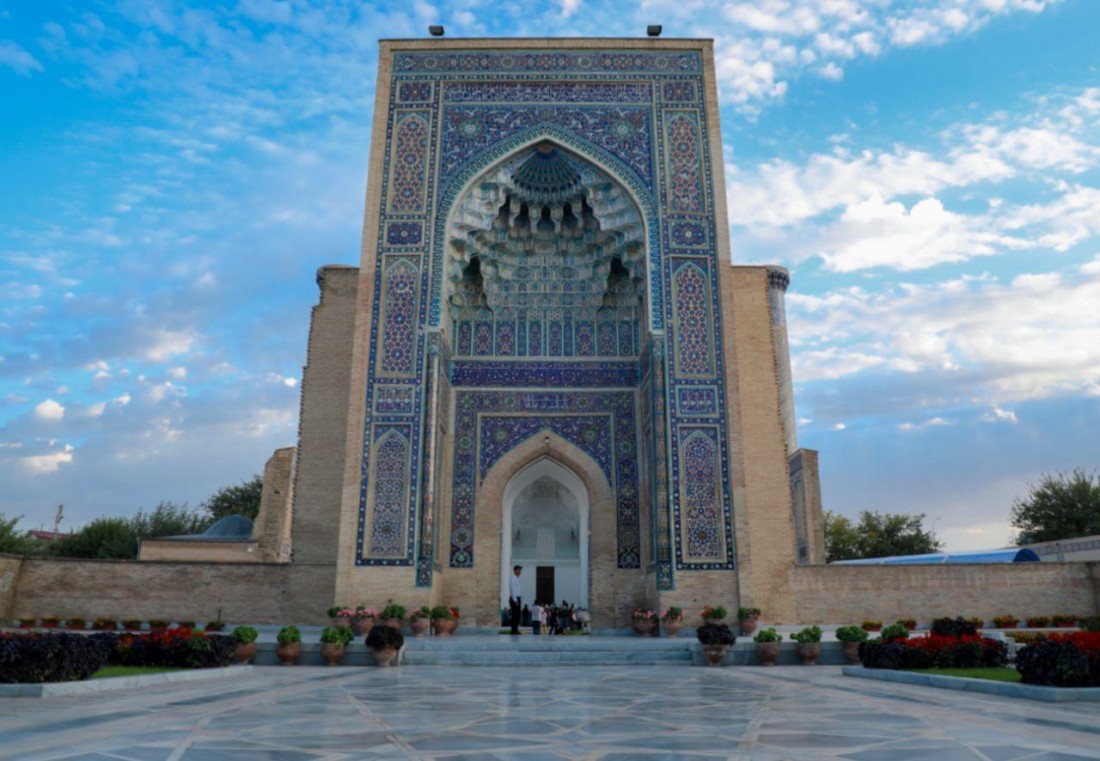Visiting the historical centre of Samarkand, you will certainly get to the majestic building of the Guri-Emir – an ancient mausoleum, the Royal tomb of the Temurids. There, in one of the main rooms behind the inner walls, the ashes of the great Tamerlane are buried. The middle of the huge room is decorated with the famous jade tombstone of Amir Temur, shrouded in many secrets and legends.

The story goes that in the cold winter of 1404, the great Temur, at the head of 200 000 army, went on a long campaign to China. Despite his advanced age and numerous wounds and a limp that had plagued him for several years, he was at the apogee of his majesty and strength. Until his last days, he personally led his army and participated in all combat battles. At that time, the winter was one of the most severe in Turkestan, and in January 1405, Temur’s large army managed to reach the city of Otrar, but Tamerlane was forced to stop, as he suddenly caught a cold and pneumonia and died a few days later.
The secret mission to send Temur’s body back to his homeland was entrusted to one of his confidants, Khoja Yusuf. Everyone was told that one of the great Emir’s wives was actually returning to the capital.
Tamerlan’s body, which arrived in Samarkand, was immediately buried in the family crypt of the madrasah of Mukhammad Sultan, Tamerlan’s favorite grandson. The Muslim school was built by the Emir’s grandson to teach Koran to young beks and Muslim soldiers. Mukhamad Sultan died in the spring of 1403 and was buried in this crypt at the madrasah. And the great Temur was buried next to his grandson. Tamerlane’s tomb was decorated with a black jade tombstone. Several times this tombstone mysteriously disappeared, but regularly returned to its place.
According to the legend, decades later, during his campaign in China, Temur’s grandson Ulugbek found two large pieces of dark green jade with mysterious inscriptions, where Temur’s name was mentioned, in one of the provinces. Perhaps, the stone was stolen from the tombstone by Mongol invaders, as it was valuable as a trophy with divine power. The jade stones found by Ulugbek were delivered to Samarkand. The jade stone served as the second external tombstone of Tamerlane in the Gur-Emir Mausoleum.
The inscription was carved on the tombstone: “This is the tomb of the Great Sultan, the merciful Khan, Emir Temur Guragan, son of Emir Taragai”. It also shows the genealogy of Tamerlane, which went back to Genghis Khan’s family.
Map
Comment